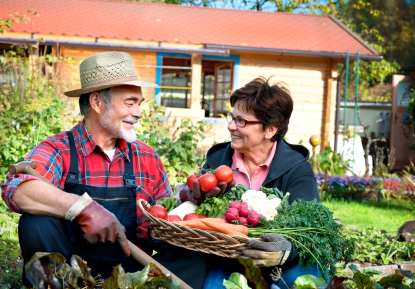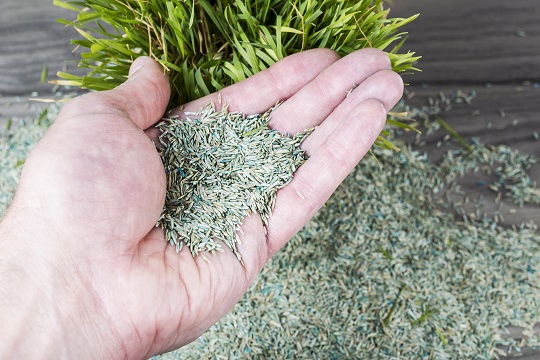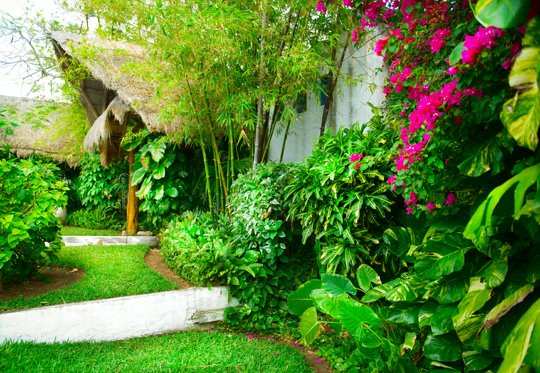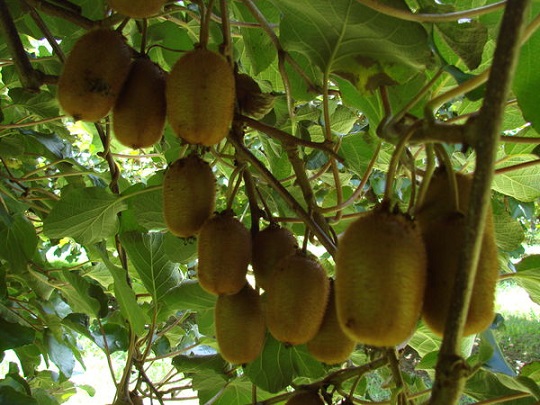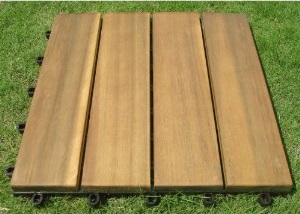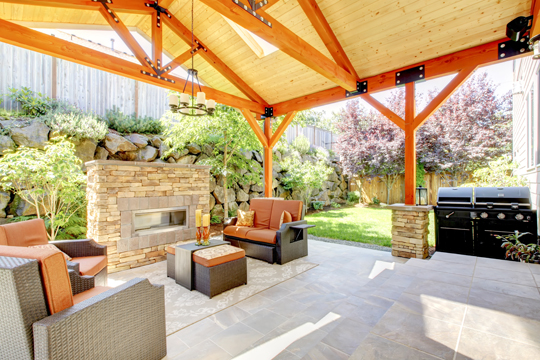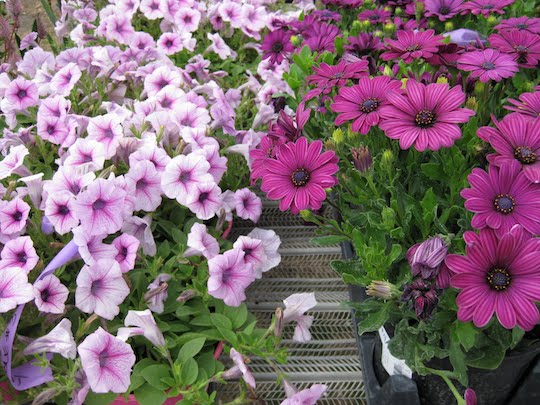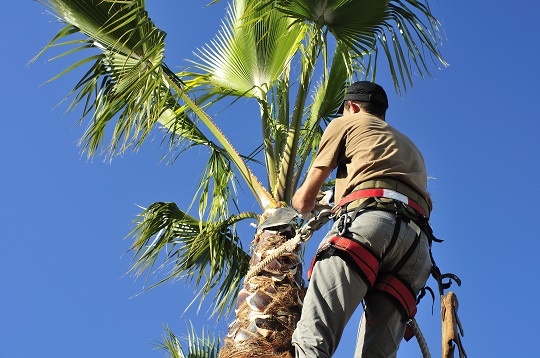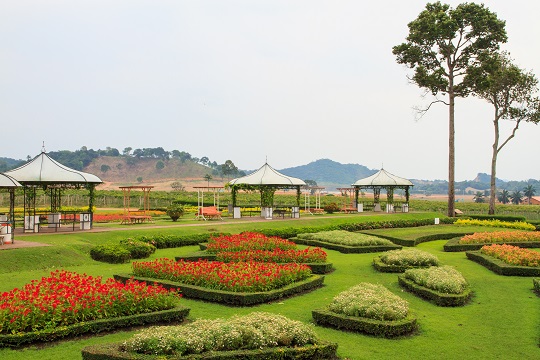Many homeowners choose to turn their outdoor areas into beautiful gardens. After all, what’s not to love about well-organized gardens that represent a source of fresh, healthy fruits and veggies? Nonetheless, planting a garden is far from being a child’s play. It is a lengthy process involving numerous phases, which should be meticulously planned. Wondering when to plant a garden? Let’s find out.
Start by Deciding What Kind of Plants You Want to Grow in Your Garden
What kinds of veggies and fruits would you like to put on your dinner table? Pick the best varieties based on several selection criteria:
a) Your personal preference
b) Climate
c) Feeding requirements
d) Harvesting time
e) Available space
Getting Started
So first, you have to pick the best location for your future garden and decide what kind of plants you would like to grow in it. Afterwards, you just have to focus your attention on two important, initial tasks:
a) Fix and test your soil, to make sure it is 100% compatible with the plants. Check the drainage by watering your soil with a garden hose. Wait for 24 hours, then dig a tiny hole and grab a handful of freshly dug soil. If the soil is too wet, consider adding compost; if it is too dry, add organic matter to make it less sandy.
b) Dig the beds: add a layer of compost, smooth the entire area with your rake, and wait a few days before planting the seeds.
This is the first step that you should follow to plant your own garden.
Next, it is advisable to follow a seed planting calendar to make educated decisions. By consulting it, you’ll find out that the seeds of tomatoes, herbs, peppers, perennial and annual flowers can be planted in January, lettuce, broccoli, pepper seeds in February, corn, cabbage, carrots, melons and peas in March, and so on.
Ask an Expert
Still wondering when to plant a garden? If so, just ask a local landscaper. Find the best one with Seva Call, your free connection to the best professionals in your area.

